Half-Life 2: Revisiting City 17 and its Design
City 17: The Landscape of Dystopia
In Valve Corporation’s seminal 2004 release, Half-Life 2, City 17 emerges not just as a backdrop for action but as a character in its own right, offering players a direct window into its dystopian essence. Located somewhere in Eastern Europe, blending influences from several cities including Sofia and Belgrade, City 17 is a masterpiece of environmental storytelling and game design.
City 17’s darled post-apocalyptic urban environment resonates with architectural paradoxes. The juxtaposition of Eastern European neoclassical designs with futuristic constructs characterizes the cityscape. Staple elements such as narrow alleyways, plazas, and graffiti-laden walls cultivate the authentic feel of a living, breathing city under martial law. This intricate attention to detail invites players to engage visually and explore every nook and cranny, offering not just a setting but a method to weave tales of resistance against oppression.
A Study in Atmosphere and Tone
Artists and developers at Valve meticulously crafted City 17 to create an oppressive atmosphere. The Combine’s alien architecture towers ominously, casting shadows over the relatively antiquated and crumbling human structures, indicating a city where humanity’s past is quite literally overshadowed by its dominating future. The towering Citadel at City 17’s core acts as an ever-present reminder of the Combine’s overwhelming power. Its gigantic scale and spiked form are visible from almost every part of the game, instilling a sense of subjugation that follows the player constantly.
Lighting plays a critical role in City 17’s unsettling atmosphere. The pervasive gray color palette and meticulously placed shadows convey bleakness and sterility, amplifying the oppressive ambiance. Careful use of lighting complements the game’s thematic focus on surveillance and control, symbolized in the omnipresent CPs and scanning drones equipped with searchlights, which suggest that no place is free from the prying eyes of the Combine.
Sound Design: An Aural Embodiment
The auditory landscape of City 17 enhances its unsettling mood. Sound designers at Valve used ambient noise ranging from the distant echoes of dripping pipes to the clattering of debris disturbed by unseen forces. The unnerving presence of automated voices broadcasting propaganda, combined with the rhythmic thuds of patrolling Synths, magnifies the city’s inescapable tension.
Music, when sparsely used, is impactful. Each track is carefully chosen to match the intensity of player encounters or poignant story moments, ensuring players remain emotionally and psychologically tethered to every twist and turn in City 17.
A Narrative Embedded in Environment
Valve’s method of environmental storytelling in Half-Life 2 excels, and City 17 serves as the ultimate classroom of design philosophy. The urban planner’s eye of developer Viktor Antonov is evident in the narrative embedded in every street and district. Each block might tell its own story of life under the Combine regime – from overturned toys in a quiet courtyard suggesting families torn apart, to propaganda posters illustrating thorough and absolute domination.
The resistance lifeline within the city becomes apparent with hidden safe houses and supply caches marked by lambda symbols, illustrating an underground movement’s effort to reclaim their humanity from the Combine. These pockets of warmth and hope, while minor in layout, carry monumental weight in advancing the narrative of human resilience.
Gameplay Integration: The Seamless World
City 17 exemplifies Valve’s philosophy of integrating gameplay into the environment. Seamlessly blending exploration, puzzle-solving, and combat, the city becomes a tangible space where players actively participate rather than passively observe. The strategic placement of obstacles, enemies, and pathways ensures players remain engaged through various mechanics, from physics-based puzzles courtesy of the Gravity Gun to complex environmental traps.
The seamless world does more than unify gameplay and narrative; it creates a believable world capable of fostering immersion and investment. Players navigate skyscrapers, sewers, and train yards under constant threat, cultivating a delicate dance with danger that heightens emotional connections to the space.
Character Reflections in the Environment
City 17 also serves as a reflection of the characters inhabiting its confines. The stoic enslaved citizenry mirrors the city’s worn facade, their disenchanted existence ingrained into every crumble and crack of the dilapidated apartments. Characters like Dr. Breen, whose broadcasts omnipresently emanate throughout City 17, reinforce the perpetual inescapability of the oppressive regime.
The environment sympathetically mirrors the player’s emotional journey. Quiet introspection during interactions with companions like Alyx Vance in Resistance hideouts is punctuated by the frantic urgency of skirmishes against the Combine. Each district’s unique environment reflects the resistance’s tenacity and Breen’s authoritarian grip, respectively.
Technological Ace: The Source Engine
The innovative Source Engine was pivotal in City 17’s creation, allowing it to break new ground in realism and physics simulation. Valve harnessed the strength of digital rendering technologies to generate life-like textures and adaptive AI that made environments dynamically responsive to player actions. This refined level of detail and environmental interaction was unprecedented at the time of release.
The engine’s capability to render physics in real-time meant players could interact with City 17’s spaces in groundbreaking ways, further propelling the game’s immersive quality. From moving boxes to rearranging obstacles in intricate physics puzzles, City 17 didn’t just serve as a visual spectacle but as an interactive stage constantly inviting player participation.
City 17: A Design Legacy
Fifteen years since its initial release, City 17 remains a monumental achievement in game design, resonating with both developers and players alike. It represents a model of thorough world-building, where every pixel, soundbite, and geometry plays together in perfect harmony to tell a story of a society on the edge of obliteration or liberation.
Many contemporary game designers still draw inspiration from Half-Life 2’s approach, striving to capture a similar authenticity in their creations. The combination of aesthetic detail, storytelling, and interactive engagement continually sets the benchmark for design quality – marking City 17 as a perpetual force within gaming culture.
Valve managed to marry narrative depth with mechanical sophistication, establishing a bond between the player and the game world that few titles can rival. City 17, within Half-Life 2, stands proudly not just as a setting, but as a testament to the power and possibility inherent in interactive narrative design. Valley’s vision of City 17 transformed it from a virtual playground into a landmark of interactive art, eternally crafting stories within gamers long after their screens have gone dark.
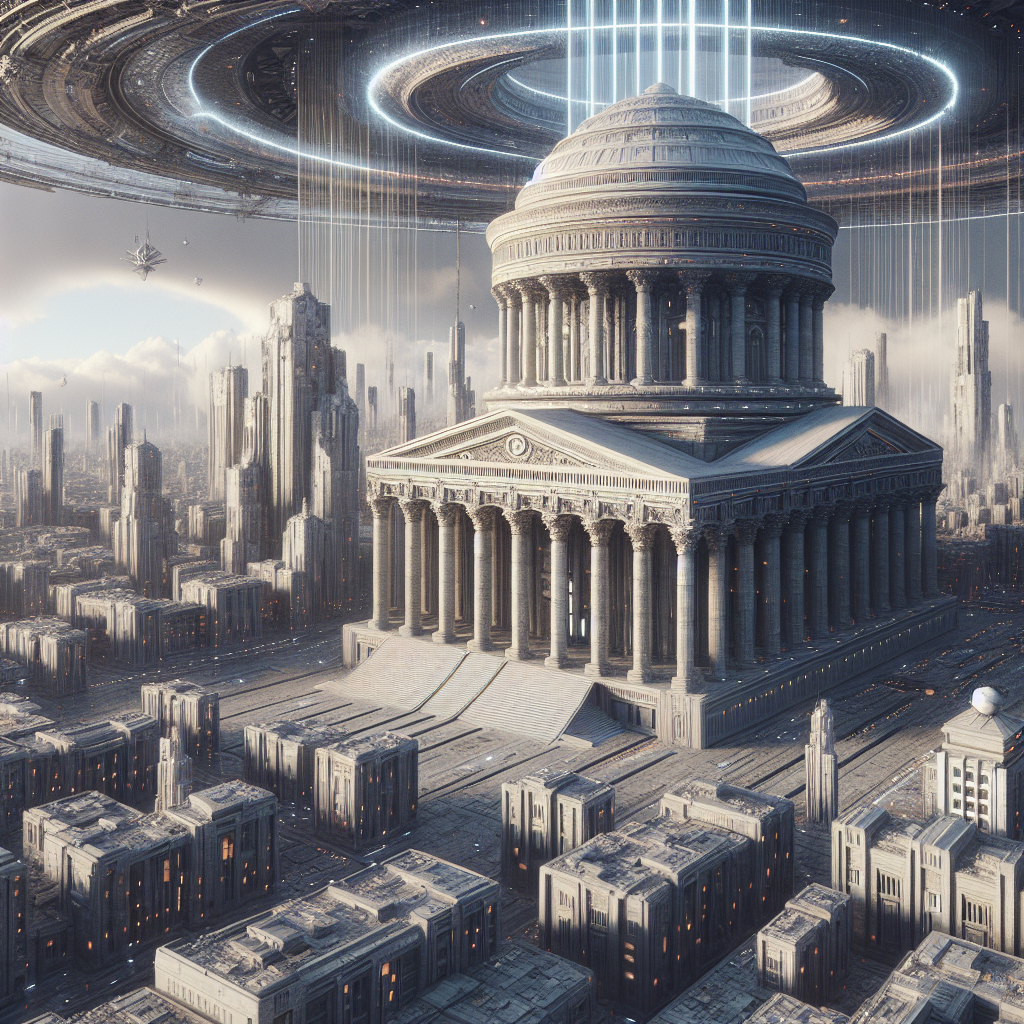
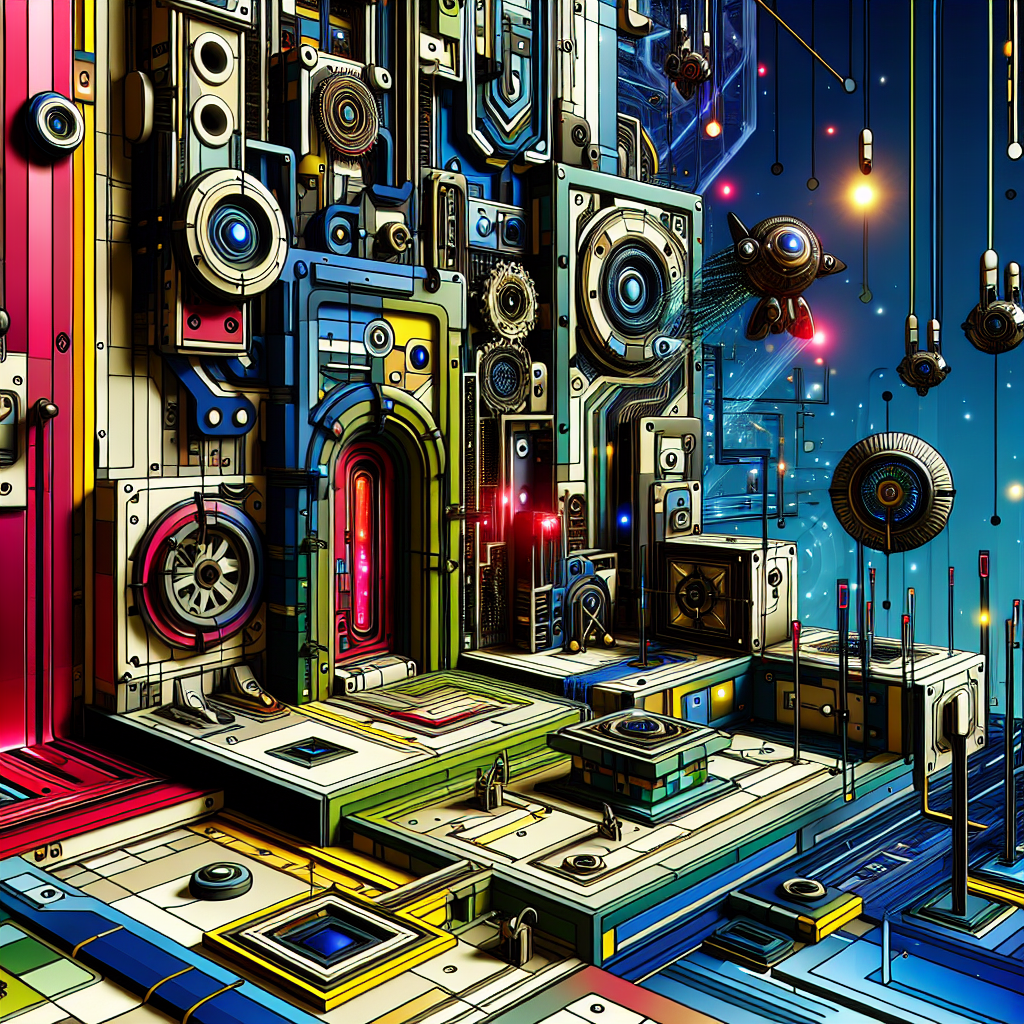
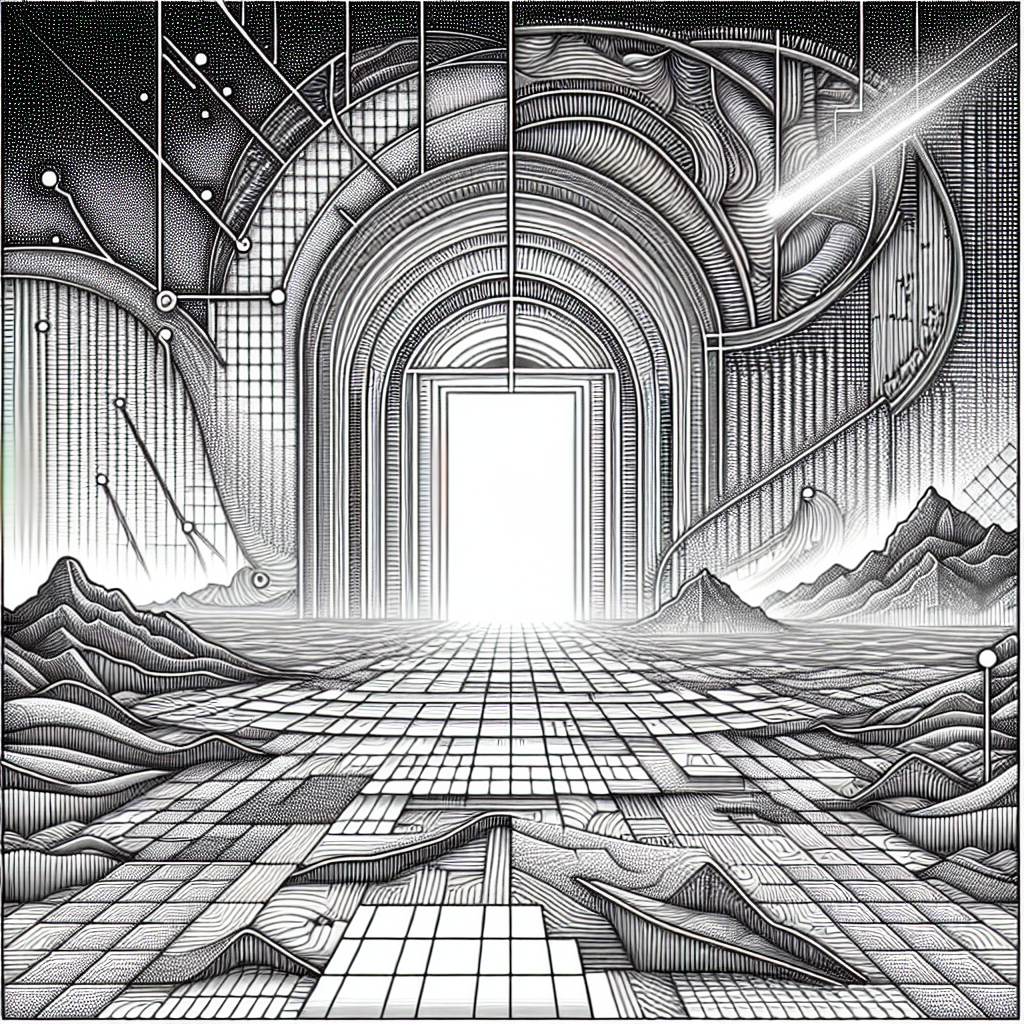
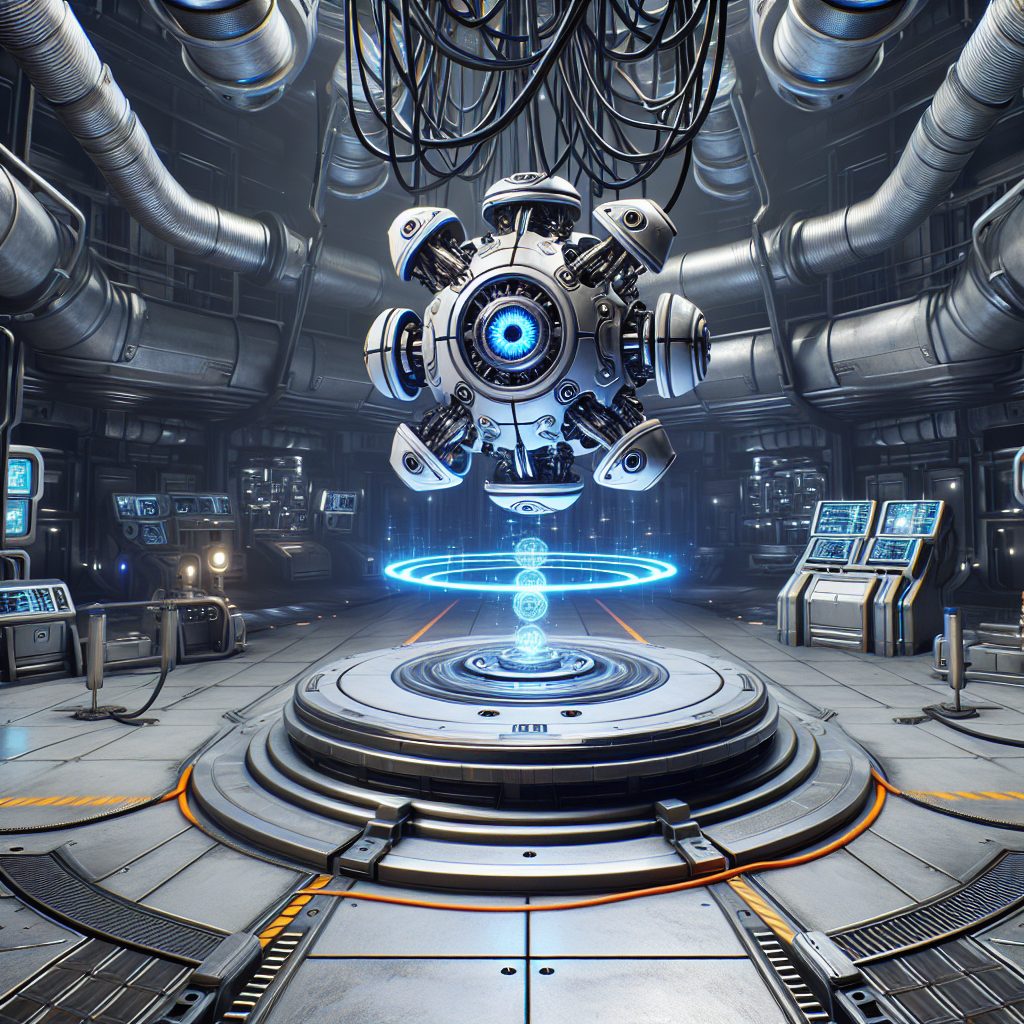
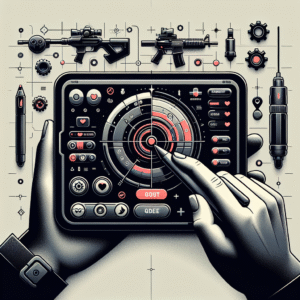
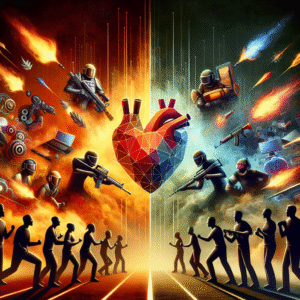



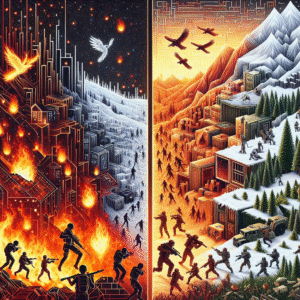
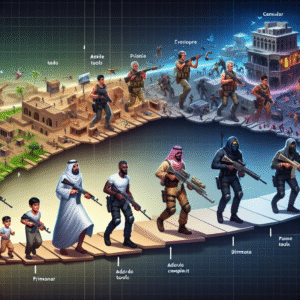
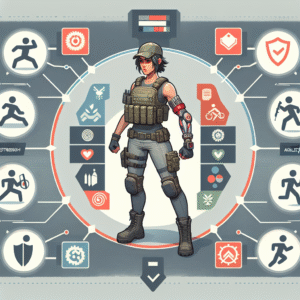
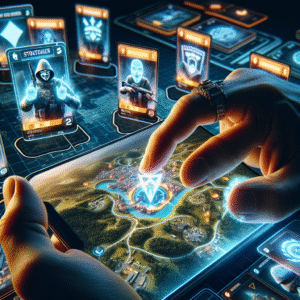
Post Comment